Author: Grayscale
Compiled by: Blockchain in Plain Language
In July 2025, the price of ETH on the Ethereum network surged nearly 50%. Investors focused on stablecoins, asset tokenization, and institutional adoption—areas where Ethereum, as the oldest smart contract platform, distinguishes itself from other competitors.
The passage of the "GENIUS Act" marks a milestone for stablecoins and the entire cryptocurrency asset class. While it may take time for market-structure-related legislation to pass in Congress, U.S. regulators can continue to support the development of the digital asset industry through other policy adjustments, such as approving staking features in crypto investment products.
In the short term, cryptocurrency asset valuations may experience consolidation, but we remain very optimistic about the outlook for this asset class in the coming months. Crypto assets provide investors with opportunities to engage with blockchain innovation while potentially offering some immunity to certain risks associated with traditional assets, such as the ongoing weakness of the dollar. Therefore, Bitcoin, ETH, and many other digital assets are expected to continue to be favored by investors.
On July 18, President Trump signed the "GENIUS Act," providing a comprehensive regulatory framework for U.S. stablecoins. This marks the "end of the beginning" for the cryptocurrency asset class: public blockchain technology is moving from the experimental phase to the core of a regulated financial system. The debate over whether blockchain technology can deliver real benefits to mainstream users has concluded, and regulators have now shifted their focus to ensuring that the industry grows while incorporating appropriate consumer protection and financial stability mechanisms.
In July, the crypto market rejoiced at the passage of the "GENIUS Act," supported by favorable macro market conditions. Stock market indices rose in most parts of the world, with returns in the fixed income market led by high-risk sectors, such as U.S. high-yield corporate bonds and emerging market bonds (see Chart 1). As market volatility decreased, related investment strategies also performed quite well.
The FTSE / Grayscale Crypto Asset Market Index (a market-cap-weighted investable digital asset index) rose 15%, while the price of Bitcoin increased by 8%. Ethereum's ETH became the star of the month, skyrocketing 49%, with a cumulative increase of over 150% since the low in early April.
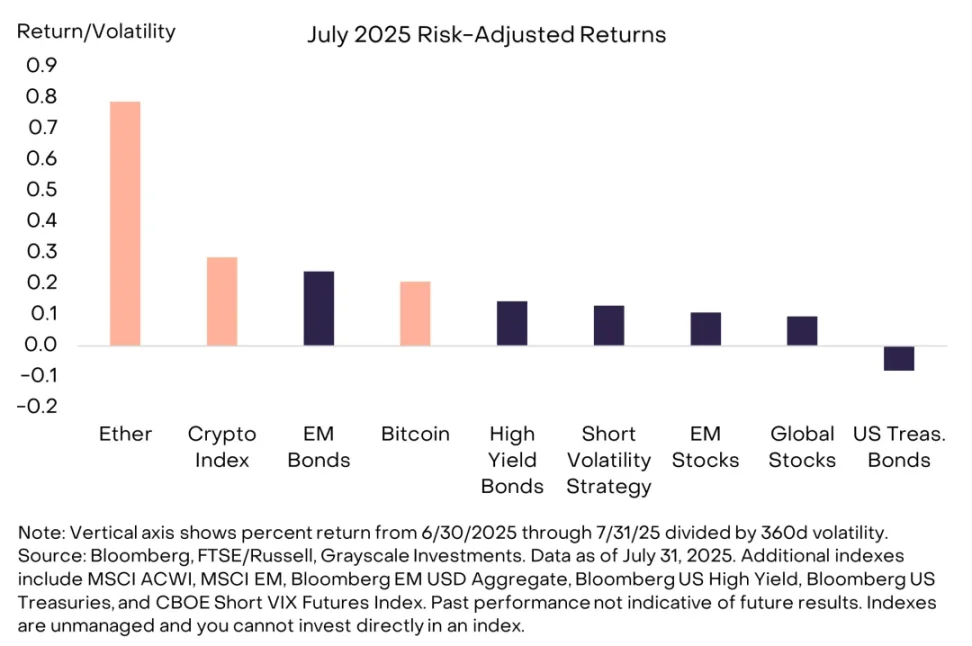
Chart 1: Ethereum Shines Brightly in the Strong Performance of Crypto Assets in July
Don't Call It a "Comeback"
Ethereum is the largest smart contract platform by market capitalization and serves as the infrastructure for blockchain finance. However, until recently, the price performance of ETH lagged far behind Bitcoin and even other smart contract platforms like Solana. This led some to question Ethereum's development strategy and its competitive position in the industry (see Chart 2).
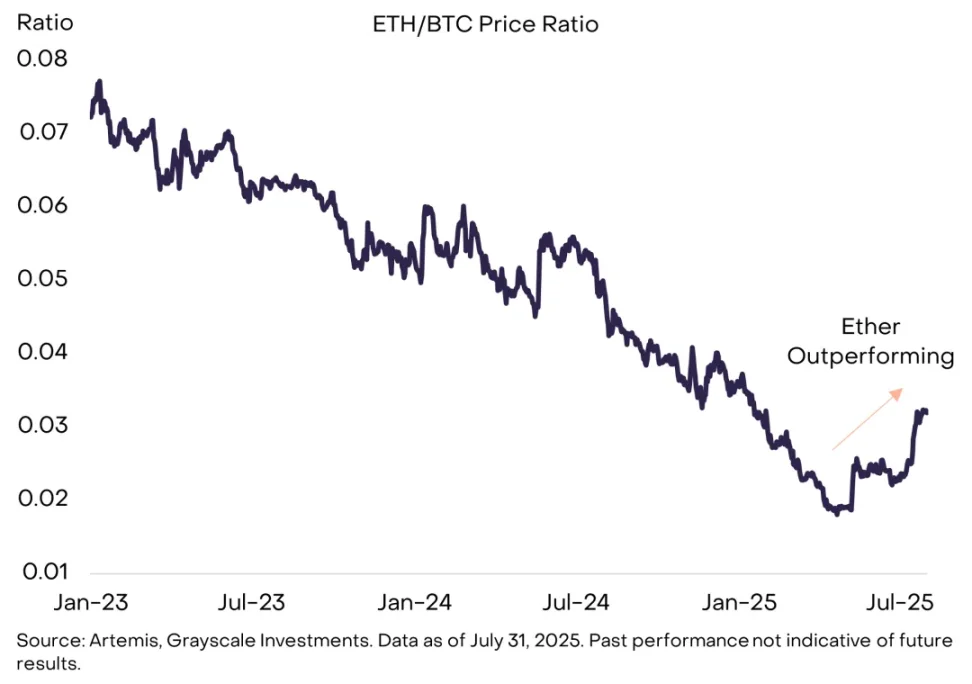
Chart 2: Ethereum Outperforms Bitcoin Since May
The renewed enthusiasm for Ethereum and ETH may reflect the market's focus on stablecoins, asset tokenization, and institutional blockchain adoption—areas where Ethereum excels (see Chart 3). For instance, including its Layer 2 networks, the Ethereum ecosystem holds over 50% of stablecoin balances and processes about 45% of stablecoin transactions (measured by dollar value).
Ethereum is also home to about 65% of the locked value in decentralized finance (DeFi) protocols and nearly 80% of tokenized U.S. Treasury products. For many institutions building crypto projects, including Coinbase, Kraken, Robinhood, and Sony, Ethereum has always been the preferred network.
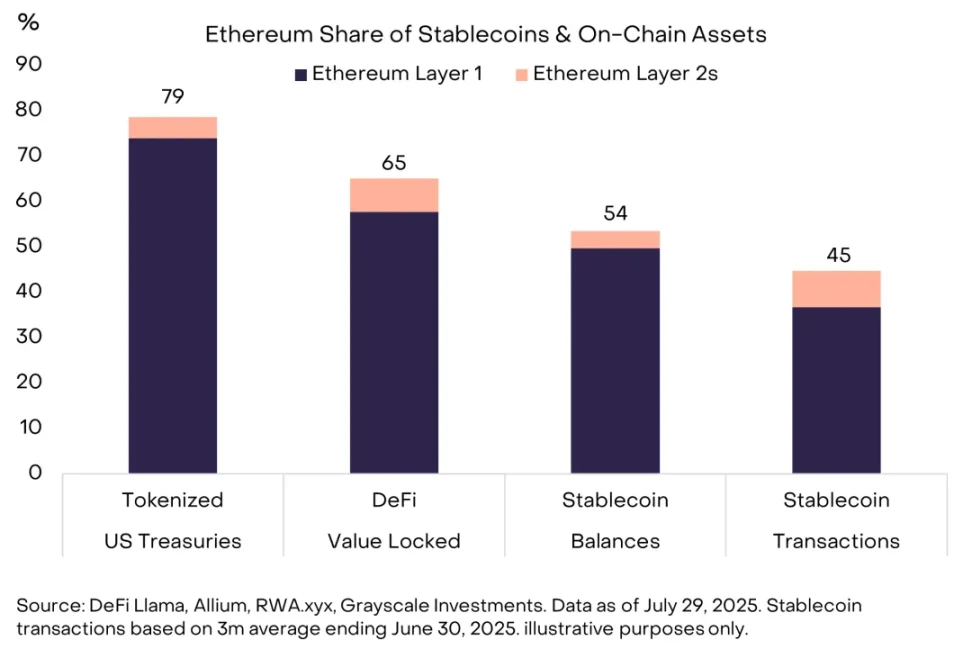
Chart 3: Ethereum is the Leading Blockchain for Stablecoins and Tokenized Assets
The increased adoption of stablecoins and tokenized assets will benefit Ethereum and other smart contract platforms. Grayscale Research believes that stablecoins have the potential to disrupt certain areas of the global payments industry through lower costs, faster settlement times, and greater transparency (for more background, see "Stablecoins and the Future of Payments").
There are two types of revenue related to stablecoins: one is the net interest margin (NIM) earned by stablecoin issuers (like Tether and Circle), and the other is the transaction fees earned by the blockchain processing the transactions. Given Ethereum's leading position in the stablecoin space, its ecosystem seems poised to benefit from higher transaction fees as stablecoin adoption grows.
Tokenization (the process of putting traditional assets on-chain) is similarly promising (for more background, see "Public Blockchains and the Tokenization Revolution"). The current market size for tokenized assets is relatively small (around $12 billion), but the growth potential is enormous. Tokenized U.S. Treasuries are currently the largest category of tokenized assets, with Ethereum as the market leader. In the alternative asset space, Apollo Global recently partnered with Securitize to launch an on-chain credit fund.
Additionally, while the tokenized equity market is small, it is growing: Robinhood has launched tokenized shares of private companies like SpaceX and OpenAI, and eToro also plans to tokenize stocks on Ethereum. Apollo's products are available on multiple blockchains, while Robinhood and eToro's tokenized equity products are within the Ethereum ecosystem.
ETP Boom and More Trends
Investor interest in Ethereum has led to significant net inflows into spot ETH exchange-traded products (ETPs). In July, net inflows into U.S.-listed spot ETH ETPs reached $5.4 billion, the largest single-month net inflow since these products were launched last year (see Chart 4).
Currently, ETH ETPs hold about $21.5 billion in assets, equivalent to nearly 6 million ETH, accounting for about 5% of the total circulating supply. Based on CFTC trader position report data, we estimate that only $1 billion to $2 billion of the net inflows into ETH ETPs came from hedge funds' "basis trading," with the remainder being long-term capital.
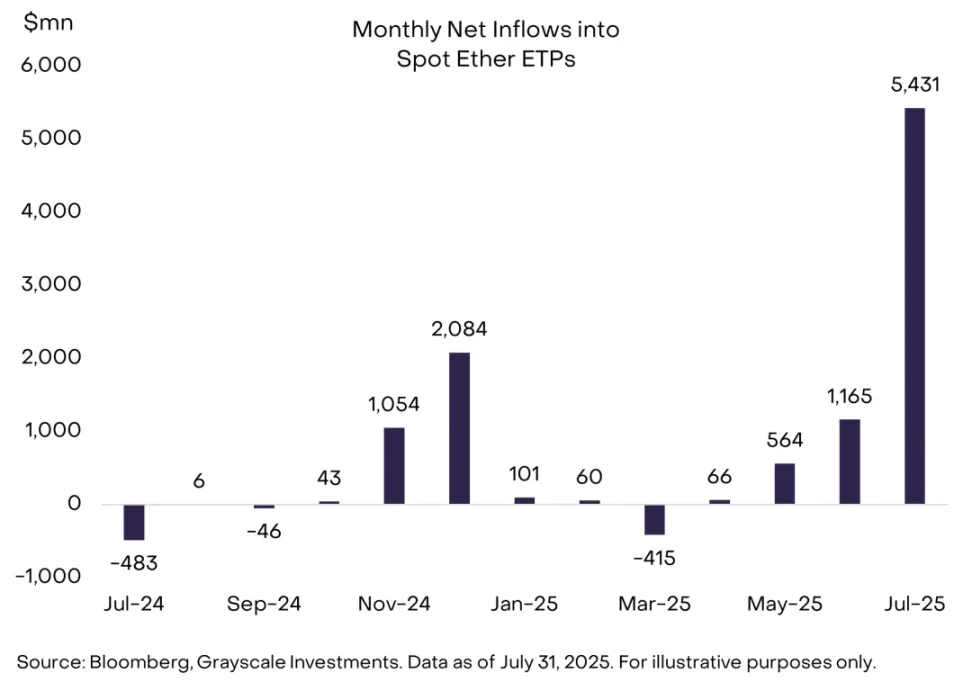
Chart 4: Net Inflows into ETH ETPs Exceed $5 Billion
Some publicly listed companies have also begun accumulating ETH to gain token access through equity instruments. The two largest "crypto asset management companies" holding ETH are Bitmine Emersion Technologies ($BMNR) and SharpLink Gaming ($SBET). Together, these two companies hold over 1 million ETH, valued at $3.9 billion.
A third publicly listed company, BTCS ($BTCS), announced in late July plans to raise $2 billion through the issuance of common and preferred stock for additional ETH purchases (BTCS currently holds about 70,000 ETH, valued at approximately $250 million). In addition to the net inflows into ETH ETP products, buying pressure from Ethereum-focused asset management companies may also have contributed to the price increase.
Moreover, Ethereum's share in the cryptocurrency derivatives market has grown this month, indicating rising speculative interest in the asset. In traditional futures listed on the Chicago Mercantile Exchange (CME), the open interest (OI) in ETH futures has increased to about 40% of the open interest in Bitcoin (BTC) futures (Chart X). In perpetual futures contracts, the open interest in ETH has risen to about 65% of the open interest in Bitcoin (BTC). This month, the trading volume of Ethereum perpetual futures also surpassed that of Bitcoin perpetual futures.
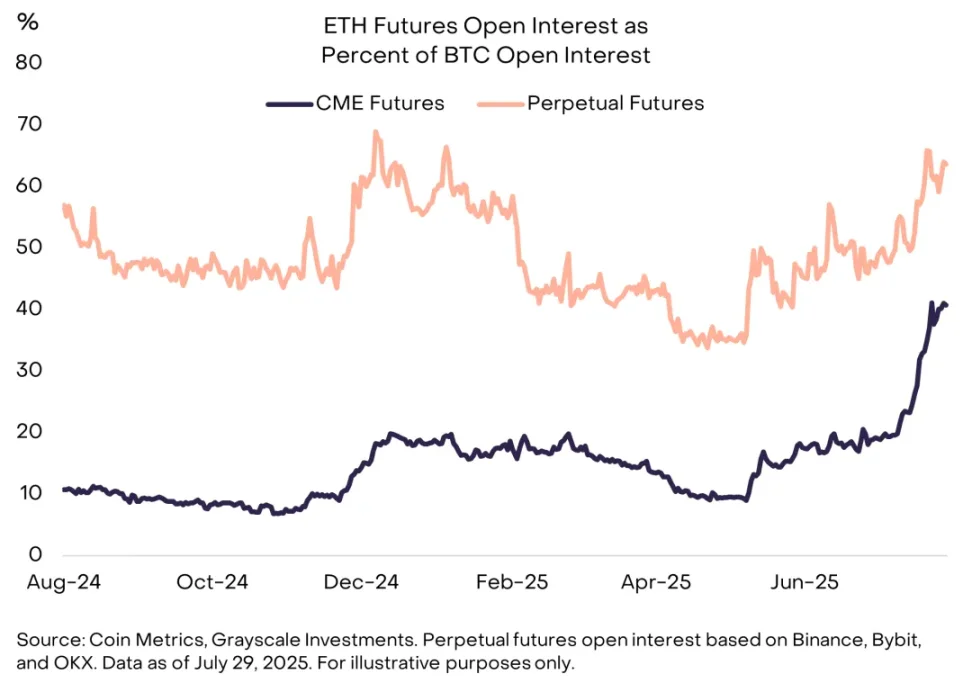
Chart 5: Increase in Open Interest for ETH Futures
Despite ETH being in the spotlight for most of July, Bitcoin investment products also continued to see stable demand from investors. Net inflows into U.S.-listed spot Bitcoin ETPs reached $6 billion, with an estimated holding of 1.3 million Bitcoins. Several publicly listed companies have also expanded their Bitcoin asset management strategies. Market leader Strategy (formerly MicroStrategy) issued $2.5 billion in new preferred stock to purchase more Bitcoin.
Additionally, Bitcoin early pioneer and Blockstream CEO Adam Back announced the establishment of a new Bitcoin asset management strategy company—Bitcoin Standard Asset Management ($BSTR). The company will use Back's and other early adopters' Bitcoins as capital and will raise equity. BSTR's trading is very similar to a previous SPAC (special purpose acquisition company) transaction organized by Cantor Fitzgerald for Twenty One Capital—another large Bitcoin asset management strategy company backed by Tether and SoftBank.
Crypto Asset Boom
In July, valuations across various sectors of the crypto market increased. From the perspective of the crypto asset sector, the best-performing segment was the smart contract sector (thanks to ETH's 49% increase), while the worst-performing was the artificial intelligence sector, dragged down by the weakness of a few tokens (see Chart 6). During July, the open interest and financing rates (the cost of financing leveraged long positions) of many crypto assets rose, indicating an increase in investor risk appetite and speculative long positions.
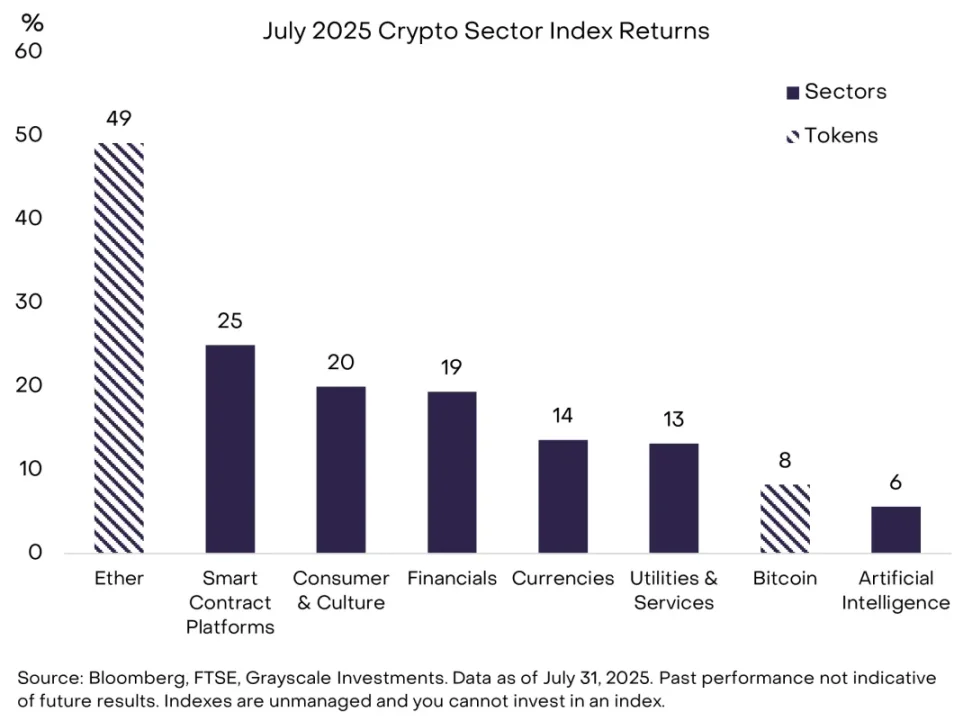
Chart 6: All Crypto Market Sectors Rose in July
After experiencing strong returns, valuations may see some degree of pullback or consolidation. The passage of the "GENIUS Act" is a significant positive for the cryptocurrency asset class, driving both absolute and risk-adjusted returns. Congress is also considering legislation related to crypto market structure, with the House's "CLARITY Act" receiving bipartisan support on July 17. However, the Senate is reviewing its own version of market structure legislation, and no significant progress is expected before September. Therefore, in the short term, there may be fewer legislative catalysts to support rising cryptocurrency asset valuations.
Conclusion
Nevertheless, we remain very optimistic about the outlook for cryptocurrency assets in the coming months. First, even without legislation, regulatory tailwinds still exist. For example, the White House recently released a detailed report on digital assets, proposing 94 specific recommendations to support the U.S. digital asset industry. Of these, 60 fall under the jurisdiction of regulatory agencies (the remaining 34 require action from Congress or joint action from Congress and regulators). With support from regulatory agencies, crypto investment products (such as staking features or broader spot crypto ETPs) may attract new capital into this asset class.
Second, we expect the macro environment to continue to favor cryptocurrency assets. These assets provide investors with opportunities to engage with blockchain innovation while offering some immunity to certain risks associated with traditional assets, such as the ongoing weakness of the dollar. In addition to the crypto-related legislation passed in July, President Trump also signed the "One Big Beautiful Bill Act," locking in large federal budget deficits for the next decade.
He has also explicitly stated his desire for the Federal Reserve to lower interest rates, emphasizing that a weaker dollar would benefit U.S. manufacturing and increasing tariffs on various products and trade partners. Large budget deficits and lower real interest rates may continue to depress the value of the dollar, especially with implicit support from the White House. Scarce digital commodities like Bitcoin and ETH may benefit from this and serve as partial hedges in portfolios facing the ongoing risk of dollar weakness.
免责声明:本文章仅代表作者个人观点,不代表本平台的立场和观点。本文章仅供信息分享,不构成对任何人的任何投资建议。用户与作者之间的任何争议,与本平台无关。如网页中刊载的文章或图片涉及侵权,请提供相关的权利证明和身份证明发送邮件到support@aicoin.com,本平台相关工作人员将会进行核查。




